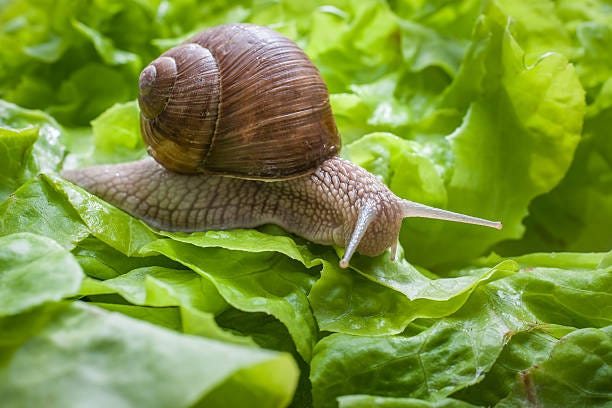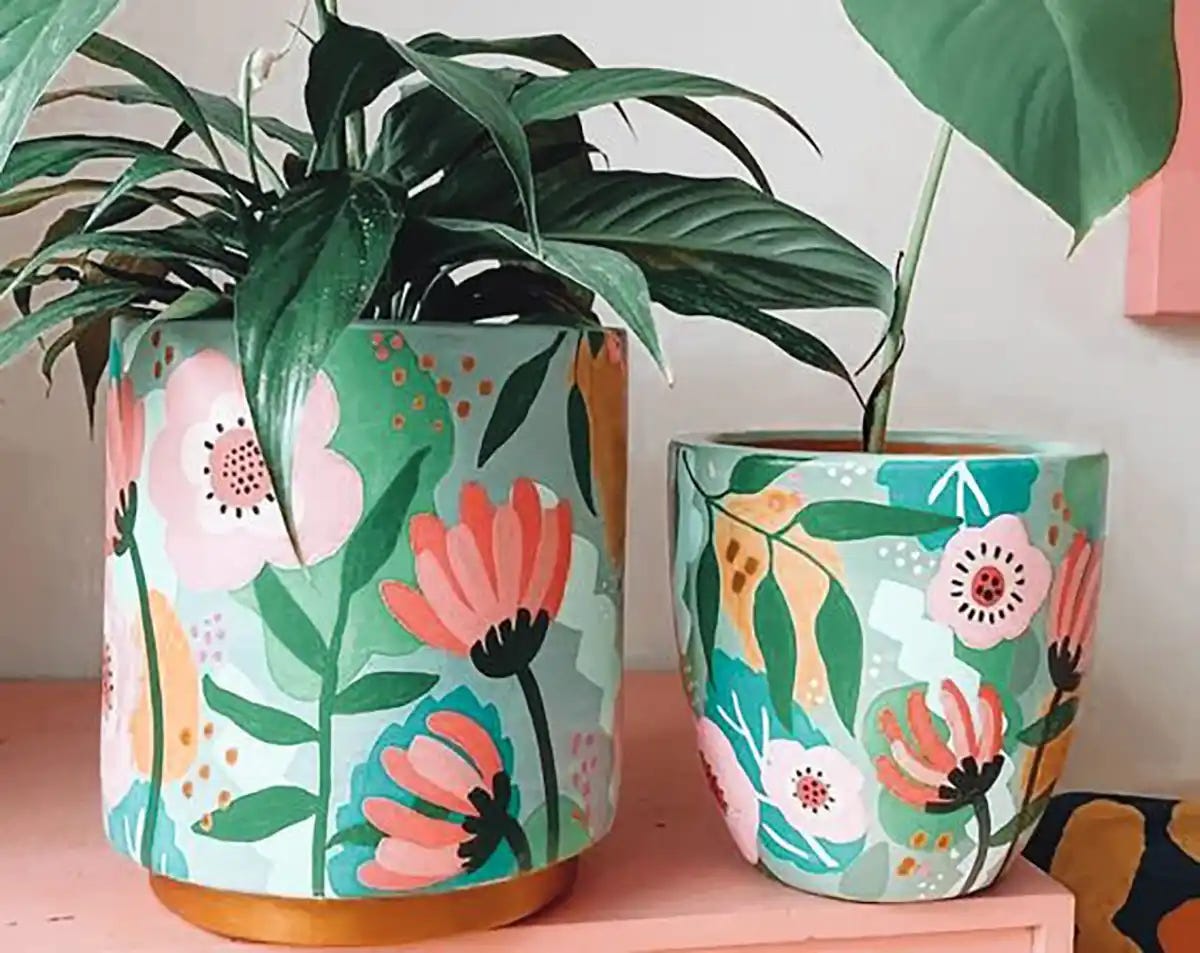8 Useful And Uplifting Childhood Lessons For Emotional Resilience
Discharge, Reconnect, and Heal
God turns you from one feeling to another and teaches by means of opposites so that you will have two wings to fly, not one.
-Rumi
We all have those days when we feel upset for no specific reason—just life itself. Overthinking everything, feeling stuck, and lacking the motivation to do anything. Our minds are crowded with ideas, yet our brains refuse to take action. We need an emotional release.
Certain triggers shut down our prefrontal cortex and ignite our primal brain, flooding us with emotions that spiral out of control and cloud our judgment. We need to reconnect.
We all experience exhaustion, needing a break to restore our nervous system, reclaim our focus, and recharge our energy. It’s a fundamental necessity—not just for us, but for all living beings. We need to heal.
The Basket of Emotional Resilience and Support
As the eldest sibling, I had to learn to manage my emotions early on. I needed to protect my younger sibling and be the “cool” big sister! Over time, my methods evolved, but the essence remained the same.
We all need to build our personal resilience baskets—practices that help us discharge stress, reconnect with ourselves, and heal from emotional strain. I’m sure you have yours too, but consistent reflection is key to avoiding burnout and overwhelm.
I never managed to journal my emotions every night, but I do reflect every week. And when something starts consuming my thoughts, I write immediately.
Now, let’s dive into the things I did as a child to manage my emotions—techniques that still help me today.
Move with Music: Flow and Let Go
When I was a child, weekends meant visiting my grandparents in their rural home. My cousin and I would put on a record, hold scarves above our heads, and run through the hallways. It felt like we were flying, completely immersed in the rhythm.
Music has an undeniable effect on our emotions. Research shows that rhythmic movement, such as dancing, stimulates the release of endorphins and reduces cortisol, the stress hormone (Koelsch, 2010). The synchronization between body and rhythm helps regulate emotions and enhance mood. Music's ability to create social bonds through synchronized activities supports emotional well-being (Cohen et al., 2010; Sullivan & Rickers, 2013).
Even now, when anxiety creeps in, I play a song that I love, close my eyes, and let the rhythm carry me. It has never failed me.
Create Your Own Games: A Path to Flow State
As a child, most games bored me, so I invented my own. I would choose a theme—adventure, sci-fi, fantasy—and create a storyline. Sometimes, I played all the roles myself! I didn’t over-plan; I let the story unfold naturally.
Engaging in creative play enhances emotional resilience by fostering adaptive coping mechanisms and improving emotional well-being (Attain Behavioral Health, 2024). Activities like art, music, and imaginative play promote self-expression, stress relief, and increased emotional awareness, contributing to a stronger sense of resilience (Ivcevic, as cited in Asteroid Health, 2025).
Even now, when boredom strikes, I build challenges for myself or games for kids. We’ll explore this more in future posts.
Wash dishes, clean the house and change diapers!
I mentioned that I was older sister? So yes, I would take care of my younger siblings and although tedious, but these tasks grounded me whenever I felt overwhelmed.
Mindfulness practices, including simple household tasks, can be meditative and enhance emotional well-being by promoting focus and reducing stress. Mindfulness encourages individuals to be present in the moment, which can lead to improved emotional regulation (Kabat-Zinn, 2003).
Even today, when overthinking takes over, I clean my room or do the dishes. It brings me back to the present moment.
Slow Life Therapy: Build houses for other creatures and Connect with nature!
This one is still one of my favorites!
In the spring and summer, we offer special accessions for extracting medicinal plants like mint, catnip, and dracocephalum. The plants’ packages always come with snails and bees. 🐝🐌🌱

My cousin and I had a blast creating little homes for snails using leaves, paper, and flowers. We even made a tiny pool for it once!
The snails didn’t always appreciate our efforts, but the process itself was deeply calming.
Spending time in nature is scientifically proven to lower stress, improve mood, and enhance cognitive function and mood, and emotional wellbeing (Bratman et al., 2015; Kaplan, 1995). Observing slow-moving creatures can have a meditative effect, helping us shift from overthinking to mindful presence.
Even now, I find peace in watching small creatures go about their lives—without expectations, without recording it for social media, just being present.
What do you have in your “emotional support basket”? Comment below 💚👇
Write stories
As a child, I would sit under the open sky during summer, writing stories inspired by books I loved.
Expressive writing is a powerful tool for emotional expression and processing. It allows individuals to articulate feelings, reflect on experiences, and develop coping strategies, which are essential for emotional healing and resilience (Pennebaker & Evans, 2014).
Now, writing is my way of connecting with others, learning, and growing.
It’s my favorite one so far.
Read Fiction: Escape and Recharge
Whenever I felt sad, I would dive into a book and live through its characters. Harry Potter was my favorite, but I enjoyed many others too.
Reading fictional stories can enhance emotional well-being by fostering empathy and understanding of different perspectives. This engagement with narratives supports emotional intelligence and resilience (Mar et al., 2006).
Even now, reading gives me the mental space to reset and gain clarity before tackling reality again.
Watch a sad movie and cry your heart out!
This one is particularly effective for dealing with profound sadness!
As a child, I would rewatch my favorite cartoons and feel all the emotions again.
Watching sad movies and crying can enhance emotional resilience by fostering empathy and providing a cathartic release. This emotional expression can improve mood and reduce stress, contributing to better emotional well-being. While specific studies are limited, the existing literature suggests that crying during sad movies can be beneficial for emotional resilience.
Now, when I’m deeply upset, I allow myself to grieve—but not dwell. I pick a sad movie, cry my heart out, then take a long nap. When I wake up, I make tea, and write in my journal. Sometimes I make two cups of coffee/ tea and talk with someone who I trust, that makes me feel even better.
I give myself enough time to deal with it and move on.
Color pots of plants, then run away!
How lovely is this?!
Every summer me and my cousin would color pots together. Our moms weren’t always pleased, but the joy of creating (and sometimes running away afterward) was worth it!
Artistic expression, including painting and pottery, plays a significant role in mental health by providing an outlet for emotional expression and stress relief. Engaging in these activities can improve mood, reduce anxiety, and enhance emotional resilience (Stuckey & Nobel, 2010).
Even today, when life feels too rigid and serious, I grab a pot and start painting.
It’s a simple yet effective way to tap into creativity and take a break from the daily grind.
Embrace, Express, and Evolve
Emotions are not obstacles; they are messages. They guide us, shape us, and remind us that we are alive. The key to emotional resilience is not suppressing our feelings but learning how to move through them—through music, creativity, nature, storytelling, and mindful actions.
Dream freely like a child, write your vision with clarity, and build with resilience. The world is not meant to be endured; it is meant to be experienced. Embrace your emotions, express them in ways that heal, and evolve into the person you are meant to become.
This being human is a guest house. Every morning a new arrival. A joy, a depression, a meanness, some momentary awareness comes as an unexpected visitor. Welcome and entertain them all!
-Rumi
If you have further questions or experiences to share, please feel free to comment or reach out to the community in chat!
References:
Koelsch, S. (2010). Towards a neural basis of music-evoked emotions. Trends in Cognitive Sciences, 14(3), 131–137.
Cohen, S., et al. (2010). Chronic stress, glucocorticoid receptor resistance, inflammation, and disease risk. Proceedings of the National Academy of Sciences, 107(16), 5935–5944.
Sullivan, W. C., & Rickers, K. (2013). The effects of music on stress and anxiety. Journal of Music Therapy, 50(2), 151–165.
Kabat-Zinn, J. (2003). Mindfulness-based interventions in context: Past, present, and future. Clinical Psychology: Science and Practice, 10(2), 144–156.
Kaplan, S. (1995). The restorative benefits of nature: Toward an integrative framework. Journal of Environmental Psychology, 15(3), 169–182.
Pennebaker, J. W., & Evans, J. F. (2014). Expressive writing in psychological science. Perspectives on Psychological Science, 9(3), 281–296.
Mar, R. A., et al. (2006). Bookworms versus nerds: Exposure to fiction versus non-fiction, divergent associations with social ability, and the simulation of fictional social worlds. Journal of Research in Personality, 40(5), 694–712.
Psychology Spot (2022). Who cries watching a movie is emotionally stronger. Retrieved from https://psychology-spot.com/sad-movies-to-watch/.
The Conversation (2023). Watching movies could be good for your mental health. Retrieved from https://theconversation.com/watching-movies-could-be-good-for-your-mental-health-214325.
El País (2024). Cinema therapy: can movies help us process grief or get over a breakup?. Retrieved from https://english.elpais.com/health/2024-04-20/cinema-therapy-can-movies-help-us-process-grief-or-get-over-a-breakup.html.
Stuckey, H. L., & Nobel, J. (2010). The connection between art, healing, and public health. American Journal of Public Health, 100(2), 254–263.








